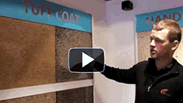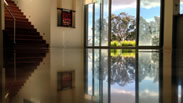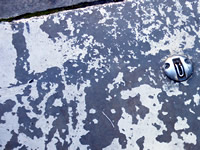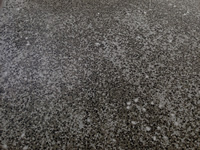Quick FAQs
-
Is there much dust when you polish a slab? Do the neighbours need to be warned?
Our machine has a Dustless Vacuum System. Dust is kept to a bare minimum. -
How do you maintain a floor once polished?
We will leave a cleaning pack, which contains a Microfiber Mop, Cleaner and Maintenance sheet on site with every job.
-
What tips would you give in order to ensure the job is done smoothly and correctly?
Regular contact should be made between the builder or owner/builder and the concrete polisher to ensure polishing can commence and be completed at the right stages of the project.
-
What do you recommend not to use for cleaning a concrete floor?
Do not use any Bleach Based or Citrus Based Cleaners on a concrete floor. -
What is the difference between CCC Polished Concrete and Grind and Seal?
CCC Polished Concrete is a top of the range method for finishing concrete floors.
More info -
Can i have my polished floor repaired i’ve just had it done and it was a bad job?
Yes – unfortunately we spend a lot of time repairing bad workmanship performed by less experienced operators! -
Can a steam mop be used on Polished Concrete?
No, a steam mop should never be used on Polished Concrete.
-
Can CCC polish a concrete shower base recess?
Yes we can however there are several technical issues that will need to be addressed between the concreter, plumber and water proofing professional. There are also some serious longevity issues that may occur. Please contact us for more info.




 Do it once, do it right!
Do it once, do it right!
